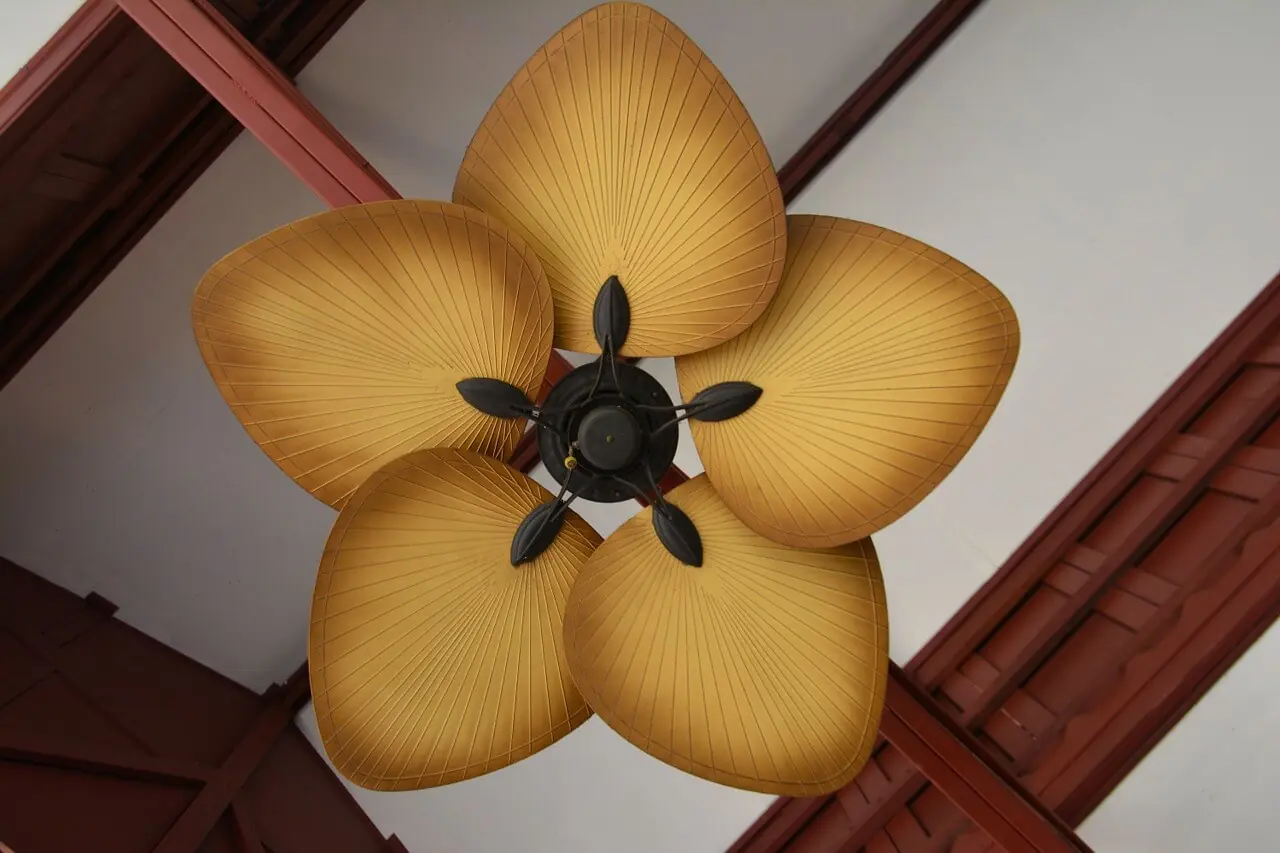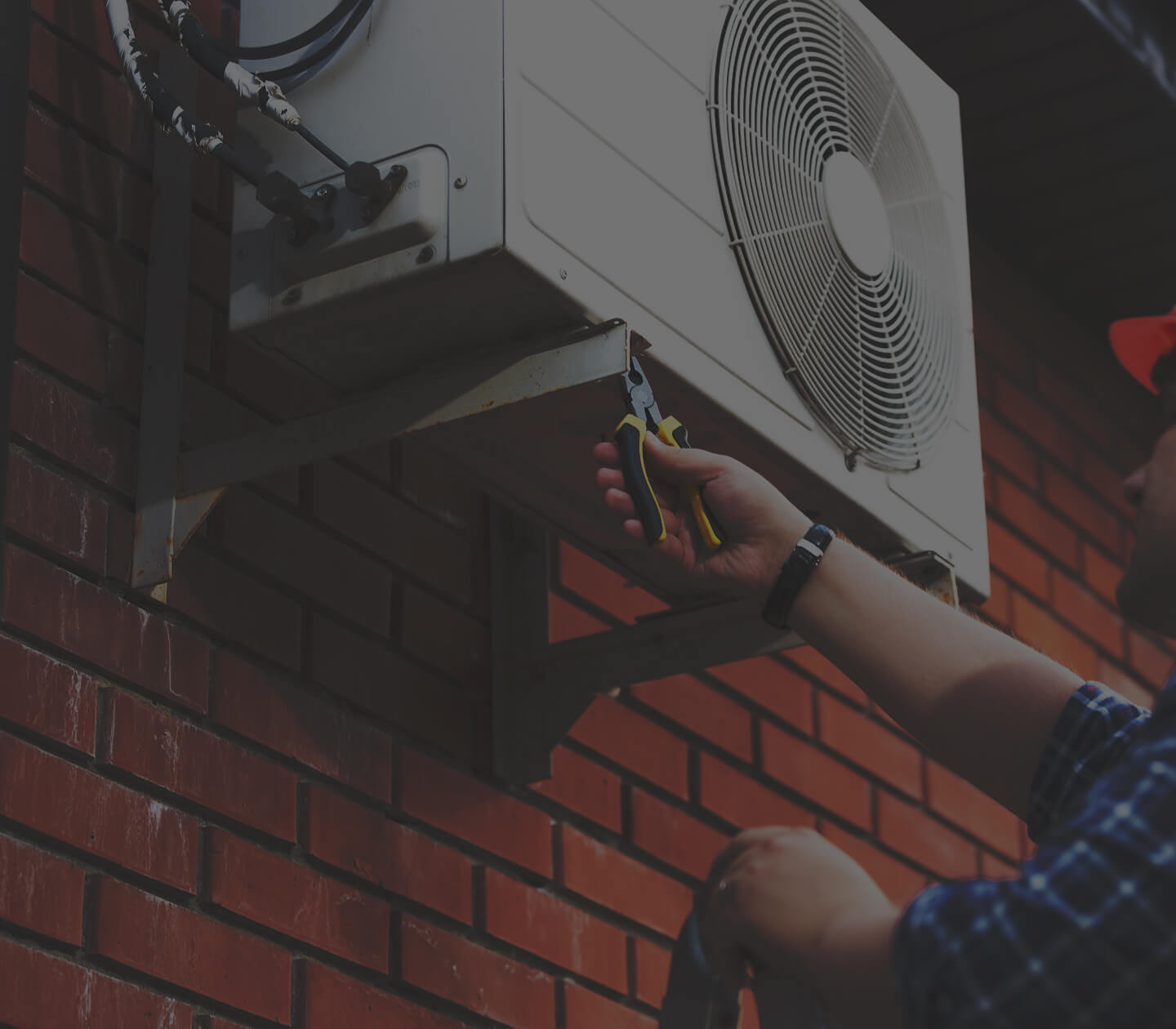Taking care of your HVAC system makes good sense. With proper care, you can not only prolong the life of the system, but you can also improve the air quality of your home. Here are some tips for keeping your home’s HVAC system in top shape.

Fresh Air
Your home’s HVAC system does more than heat and cool your home. This Old House points out that because air flows through it, it can act as a filtration system, removing contaminants (think: animal allergens, cleaning products, gas appliances) that can pollute your home’s air and trigger allergies. By keeping your home clean and well-ventilated, you can improve the air quality you and your family are breathing. While there is no substitute for having routine maintenance from a professional HVAC technician, you can perform simple duties to help keep your system running smoothly.
Filter Well
Your first line of defense against those tiny, yucky particles is in your home’s HVAC system. Every system has some sort of filtration, and some experts suggest installing a high-efficiency pleated air filter. Choosing a high-quality air filter can improve the efficiency of your HVAC system, and changing it regularly can extend its life. A clogged filter makes your system work harder, and Bob Vila explains that when airflow is slowed, your furnace can overheat and be damaged, while also potentially raising your energy bills. The filter should be replaced at least every 90 days. It’s essential to select the right filter size when making your replacement and keep in mind that most filters go by nominal size, which is the actual size rounded up. You can mark the filter size on the exterior of your furnace or write it on your filters so it’s easy to see. You should have your replacement filter on hand before removing the old one.
Set a reminder on your phone or mark your calendar when it’s time to update filters. Remember that 90 days is a rule of thumb, and if you live with pets or people who have allergies you may need to replace filters more often. Another suggestion is to keep an eye on air vents in your home. If you see mold or other pollutants collecting, it’s time to get busy with your maintenance.
Check Lines
Another basic routine check on your HVAC system is to ensure your refrigerant lines are in good shape. You should check them monthly. There is also a condensation drainage hose that should be cleaned annually with a bleach-water solution to prevent the buildup of debris and mildew. If your furnace has a built-in humidifier, you can turn off its water supply during summer months. In the fall, you should replace the humidifier filter and turn the water supply back on.
Tidy Units
Your home’s air conditioning and heating units can each benefit from simple, routine cleaning. DIY Network recommends turning off the units with the machine’s on/off switch as well as at your breaker box. Then, give them a good vacuuming to remove debris. You’ll probably notice your air conditioner collects leaves and other outdoor bits and pieces, and the furnace collects dust and lint. Clean each thoroughly while they are shut down, then start them back up again.
Run Ceiling Fans
Another way to improve the efficiency of your home’s HVAC system is to run ceiling fans during warm weather. Ceiling fans keep the air circulating, working on the same principle as a cool breeze in the summer. According to some research, ceiling fans can make a room feel five degrees cooler, which means you can turn up your thermostat while you enjoy that light breeze. Using your ceiling fans can mean reducing energy bills as much as $30 per month, as well as reduce the wear and tear on the HVAC system. Remember to turn off your ceiling fans when you aren’t in the rooms to enjoy the biggest savings.
Your home should be a haven for your family, and with an efficiently running HVAC system you can all breathe easier. Keep your system well-maintained with these simple DIY tips. You’ll enjoy cleaner air while saving money and energy.


